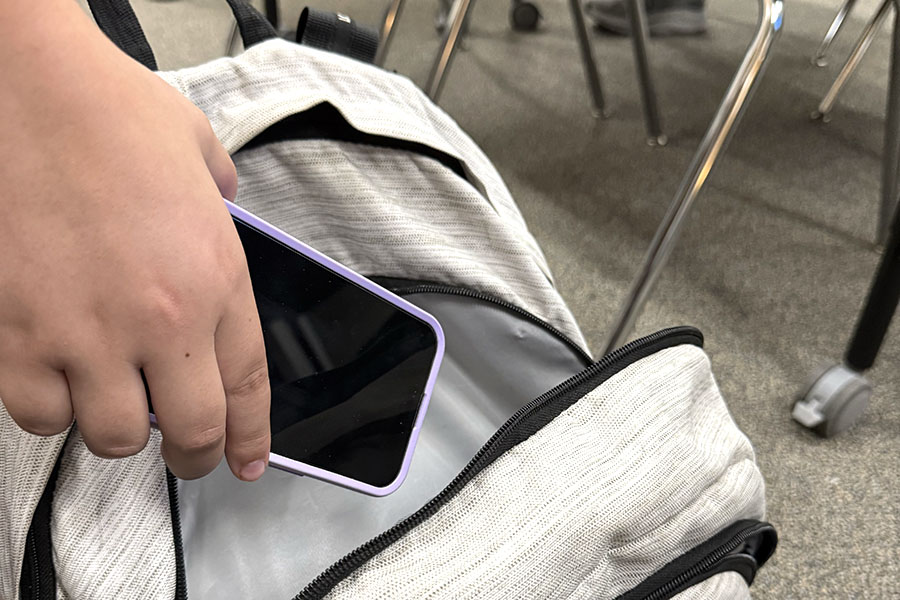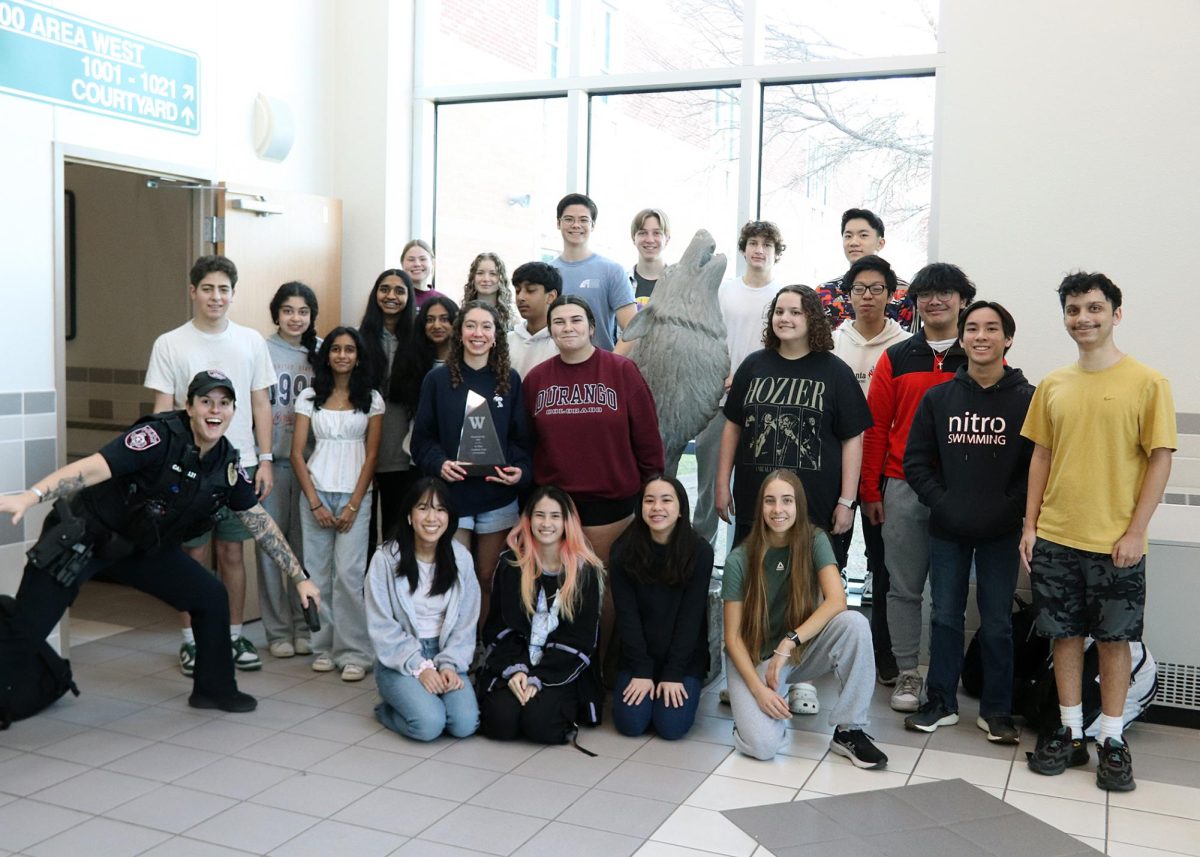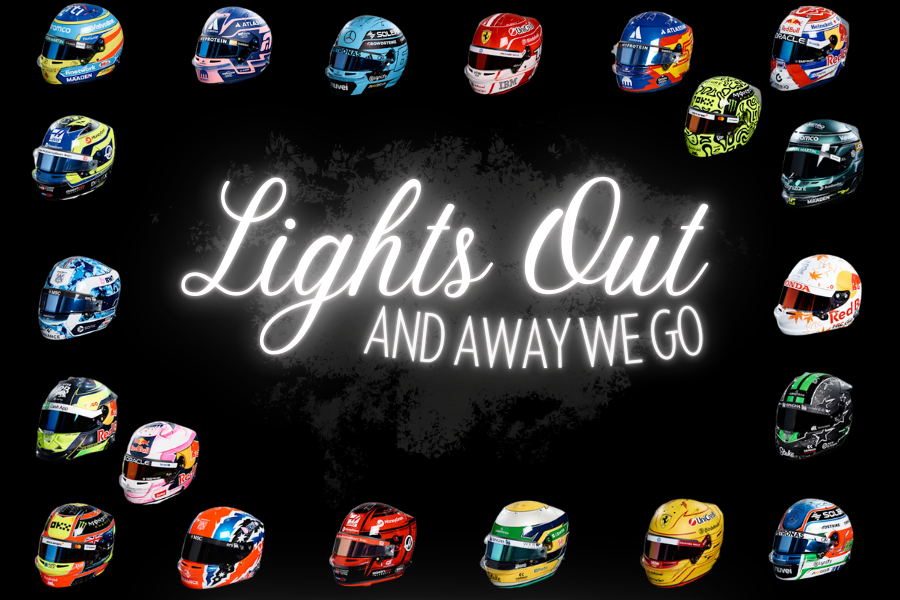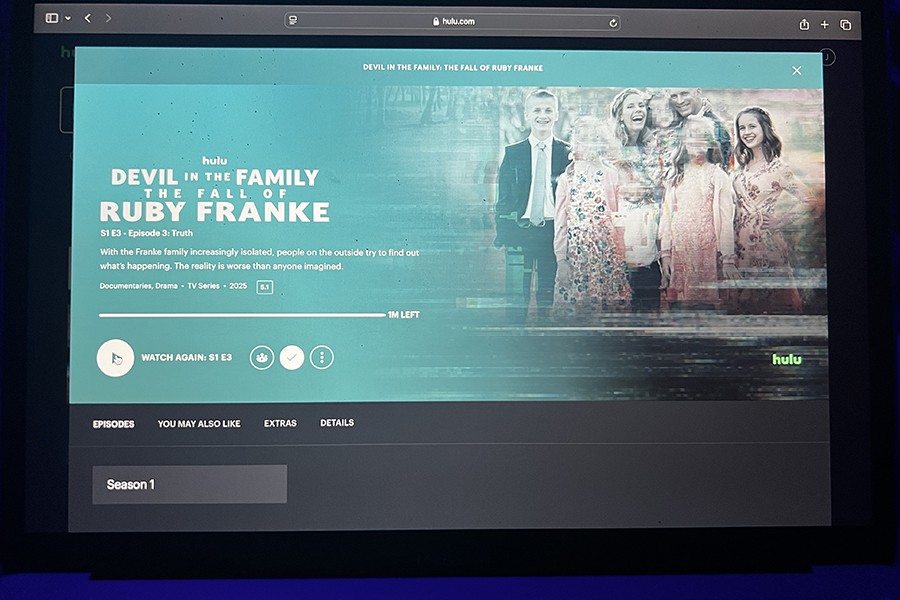Centuries ago, when the first pockets of human civilization were learning to communicate, they would use symbols, hand movements and sounds to get their messages across — and these conversations were simple, at best. It wasn’t until much later that these vague messages became actual words and written script. The ability of speech then led to the formation of the first forums, areas at the center of towns where the people would gather to recount the day with one another.
Then came the printing press, allowing for the mass-spread of the written works of people all around the world. And for a long while, this was the most efficient way to communicate.
However, a new electronic world was well on the way. While the internet was originally based on the work of Louis Pouzin – further developed by Vint Cerf and Bob Kahn during the 1970’s — the idea for a world-wide web was developed by Tim Berners-Lee and his team at the European Organization for Nuclear Research (CERN) between the years 1989 and 1994. This work was what would later spawn HTML code and, in turn, the websites of today, such as Facebook, MySpace and Youtube. But, as different as these new forms of communication are, they all have at least one major keystone that is completely reminiscent of their centuries’ old predecessors.
When letters were sent via snail-mail, they would have to physically travel to the recipient, regardless of if they were sent through a telegraph or not. Today, we simply log onto our e-mail or forum accounts, and send a message to whomever we wish through our computers, cell phones and multi-media devices. This is how the original forums evolved in the form of physical structures and documents. Now, entire buildings have turned into megabytes of data in an intangible, interconnected network.
Today, instead of traveling to the center of town to visit with friends, we simply make a status update on Twitter or Facebook, alerting people, at an instant, of what we are doing at that very moment. This has created a network that has allowed us to know what our friends are doing, and where they are at most times of the day. At first glance, this might seem strange, even slightly creepy, yet it is simply another method we have invented to keep in contact with one another.
And while the people of the older days would travel down to the market place to purchase goods, we can simply log onto our computers and browse eBay, half.com, newegg, craigslist or simply visit Google’s shopping tab. In fact, there are many who use forums and social networks to sell or advertise their products or talents.
Some ask if this sort of social network allows the generations it has been exposed to become lazier, or even more antisocial. While it may be true that people can choose to stay at home and blog about their day, rather than discuss it with a friend face-to-face, this network also links our entire world together. When we want to send a loving message to a sibling who’s across the country, we write an e-mail. When we want our friends to know that we are waiting for them at the movie theater, we thumb a text. When we want to tell people that we’ve found the coolest computer, or the cutest outfit, we post a Twitter update. And when we want people to actually see what we’re doing, we set up a webcam and post videos online, or even chat with one another live.
There is no saying that this type of social networking has not drastically altered society, but there is also no saying that no good has come of it. What I believe some people overlook, is that all these means of communication were (in one way or another) created and in use thousands of years before today.
But what’s left to expand upon? The internet only spans to about a quarter of the world’s population. To fix this, we must create new hubs and hot-spots for the rest of the world to be connected to the continually growing world-wide-web. From there, we completely incorporate our cell phones, music players and other everyday electronics into this massive interconnection, until we are immersed in nothing less than a completely digital network.



![Jumping off the ground, senior linebacker Bennett Patton snatches the ball out of the air for an interception at Thursday’s game against Chaparral. Patton had two interceptions in the 56-14 victory, tying the school record for interceptions in a game. “I was just playing the game,” Patton said. “[I’m] going to go into next week, forget about it and stay humble.” Photo by Harper Chapman](https://cphswolfpack.com/wp-content/uploads/2025/09/bennett-interception.jpg)
![The fire department came to the school after students were evacuated when smoke started coming from the ceiling of a classroom. All students and staff are safe. “All of my friends left their stuff too, so we couldn’t contact our parents, and it was stressful,” senior Brynn Fowler said. “It was scary because I didn’t know [what was going on], and I couldn’t find anyone because it was a big crowd.” Photo by Anthony Garcia](https://cphswolfpack.com/wp-content/uploads/2025/09/firetruck.jpg)


![Sitting with her friend senior Sohpia Struve at last year’s Austin City Limits Festival, senior Ava Zuniga poses for a picture under a pavilion. They are frequent attendees at ACL, an annual music festival at Zilker Park. “I would recommend seeing a bunch of people,” Zuniga said. “This past year, we camped out for Chappell [Roan] for a really long time. I think the whole point of ACL, [which] is a lot of fun, is that you can go see so many different people, even if you don’t know them. So by camping by one person, it really limits yourself from being able to go see a bunch of people.” Photo courtesy of Ava Zuniga](https://cphswolfpack.com/wp-content/uploads/2025/10/EE9E9484-FE6F-4AA0-B5F5-0C177AB32841-1200x857.jpeg)
![Broadcast, yearbook and newspaper combined for 66 Interscholastic League Press Conference awards this year. Yearbook won 43, newspaper won 14 and broadcast took home nine. “I think [the ILPC awards] are a great way to give the kids some acknowledgement for all of their hard work,” newspaper and yearbook adviser Paige Hert said. “They typically spend the year covering everyone else’s big moments, so it’s really cool for them to be celebrated so many times and in so many different ways.”](https://cphswolfpack.com/wp-content/uploads/2025/05/edited-ILPC.jpg)




![Looking down at his racket, junior Hasun Nguyen hits the green tennis ball. Hasun has played tennis since he was 9 years old, and he is on the varsity team. "I feel like it’s not really appreciated in America as much, but [tennis] is a really competitive and mentally challenging sport,” Nguyen said. “I’m really level-headed and can keep my cool during a match, and that helps me play a bit better under pressure.” Photo by Kyra Cox](https://cphswolfpack.com/wp-content/uploads/2025/09/hasun.jpg)


![Bringing her arm over her head and taking a quick breath, junior Lauren Lucas swims the final laps of the 500 freestyle at the regionals swimming competition on date. Lucas broke the school’s 18-year-old record for the 500 freestyle at regionals and again at state with a time of 4:58.63. “I’d had my eye on that 500 record since my freshman year, so I was really excited to see if I could get it at regionals or districts,” Lucas said. “ State is always a really fun experience and medaling for the first time was really great. It was a very very tight race, [so] I was a bit surprised [that I medaled]. [There were] a lot of fast girls at the meet in general, [and] it was like a dogfight back and forth, back and forth.” Photo by Kaydence Wilkinson](https://cphswolfpack.com/wp-content/uploads/2025/03/Kaydence-2.7-23-edit-2.jpg)
![As the support team sits and poses for a photo in the cafeteria with the counseling team they eagerly wait to start their day. "We [all] seem to be a team, I get up every day and there's days where I don't want to go to work today, but I'm thankful that I have a job and I'm blessed to have what I have," Christopherson said. Photo Courtesy of Julie Weltens.](https://cphswolfpack.com/wp-content/uploads/2025/01/AF9E8470-10D7-4C91-BF28-EC8F86BAB66C-1200x852.jpeg)
![Officer Stephanie Cash is in her second year as an SRO at CPHS. “Seeing [students] grow over the years has been kind of cool,” Officer Cash said. “Freshmen that [are] all over the place and then in the next couple of years get a little more squared away and go to class and do work and start thinking about the future. Being a part of a student's growth is the best way to measure my success as an SRO.” Photo Courtesy of Cedar Park Police Department's PIO, Alicia Gallagher.](https://cphswolfpack.com/wp-content/uploads/2024/12/CPHS-SRO-900x1200.jpg)
![As he sprints with the ball, senior running back Trae Hill breaks a tackle during Friday’s 35-14 loss against the Vandegrift Vipers. Hill ran for 135 yards and two touchdowns during the game. “[Scoring] was electric,” Hill said. “It always feels good to score, but the O-line did everything.”](https://cphswolfpack.com/wp-content/uploads/2025/09/IMG_0795allie.varfb_-1200x799.jpg)














